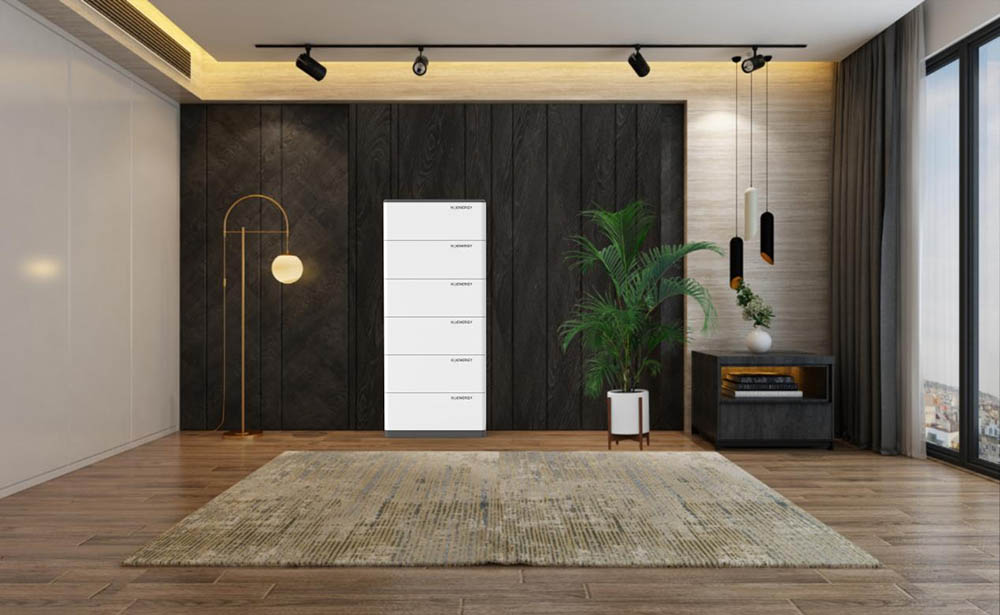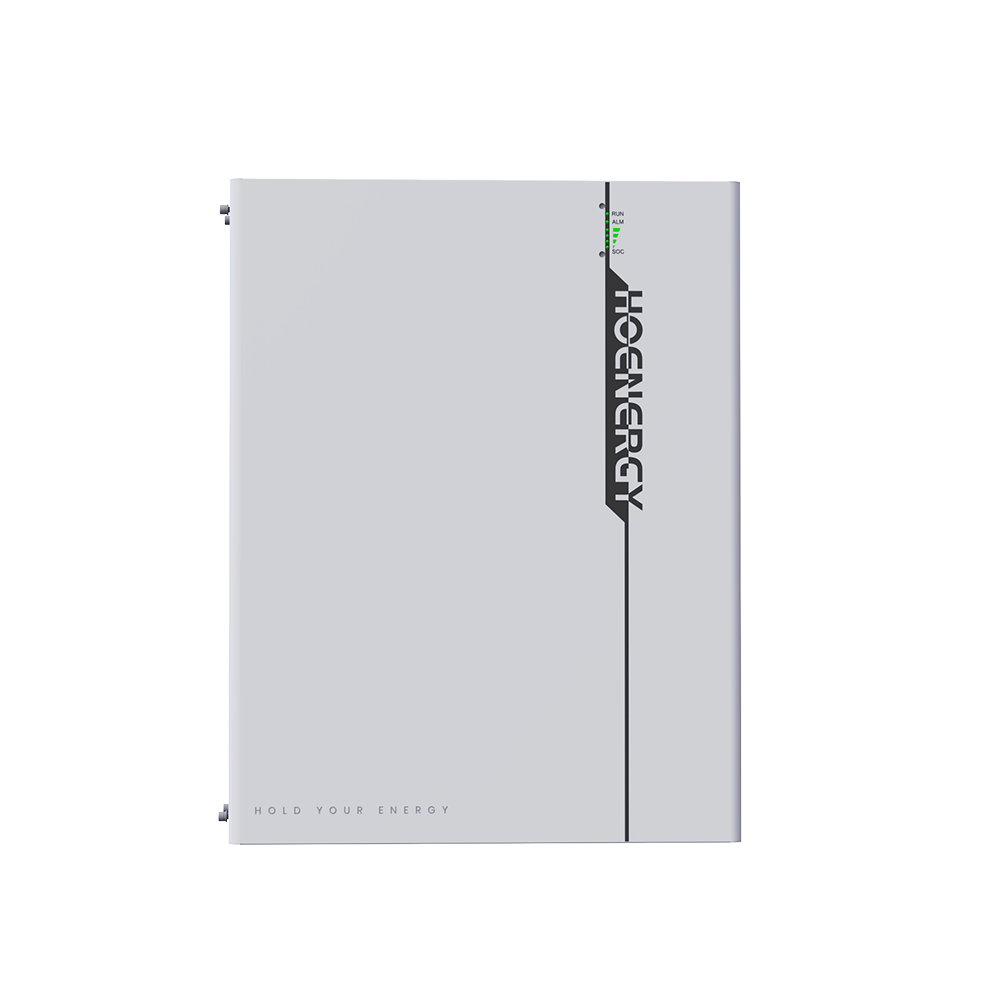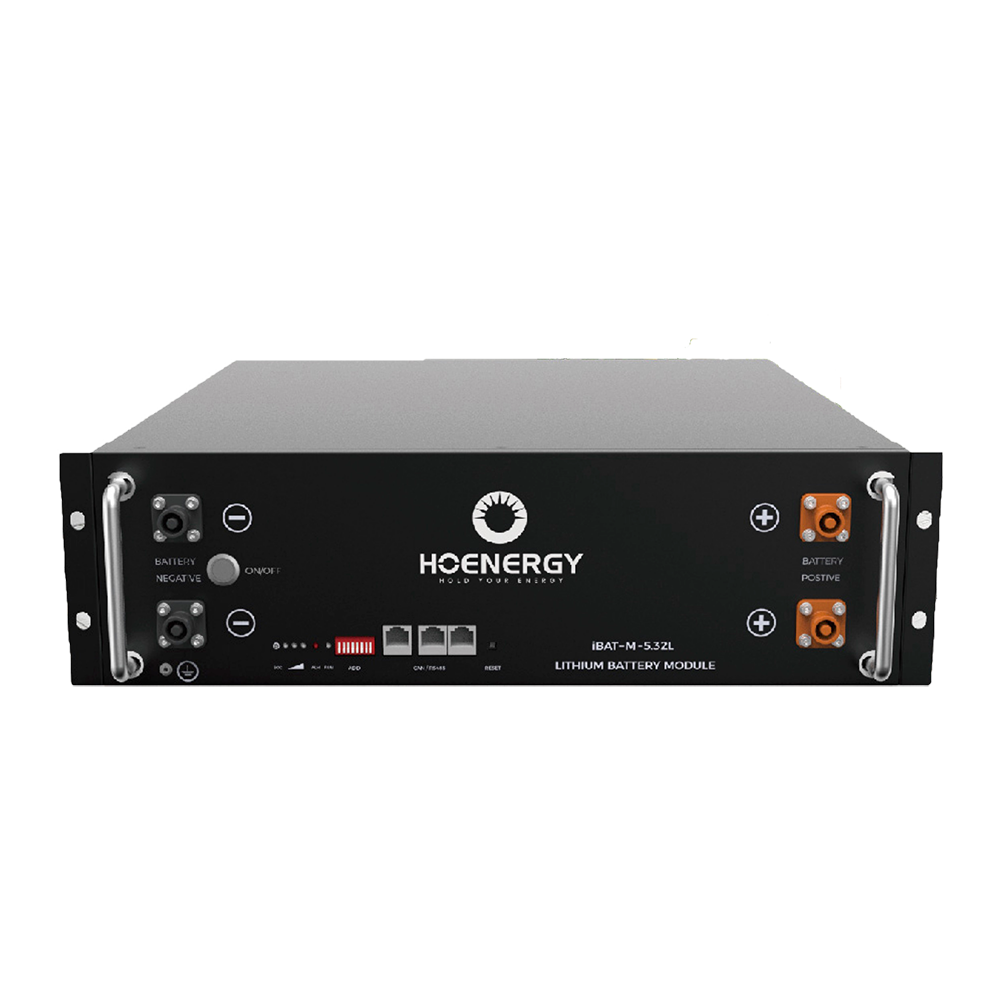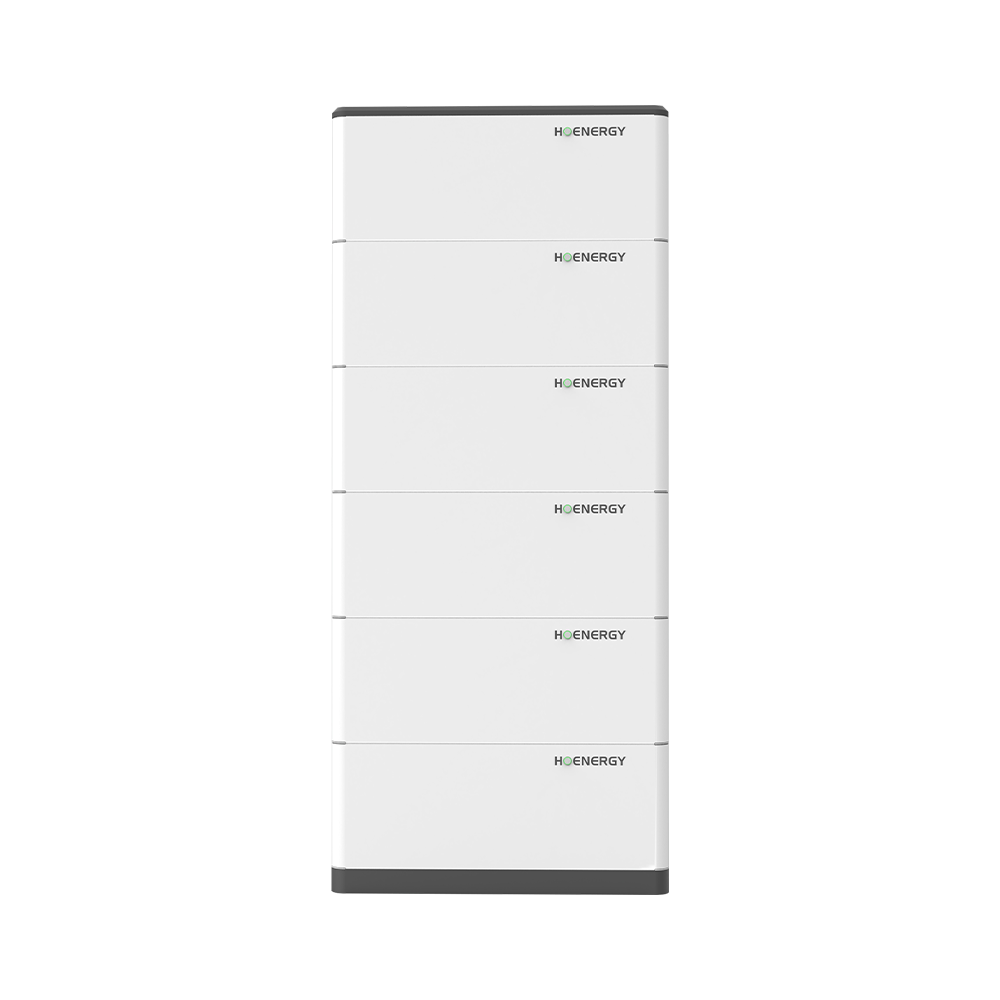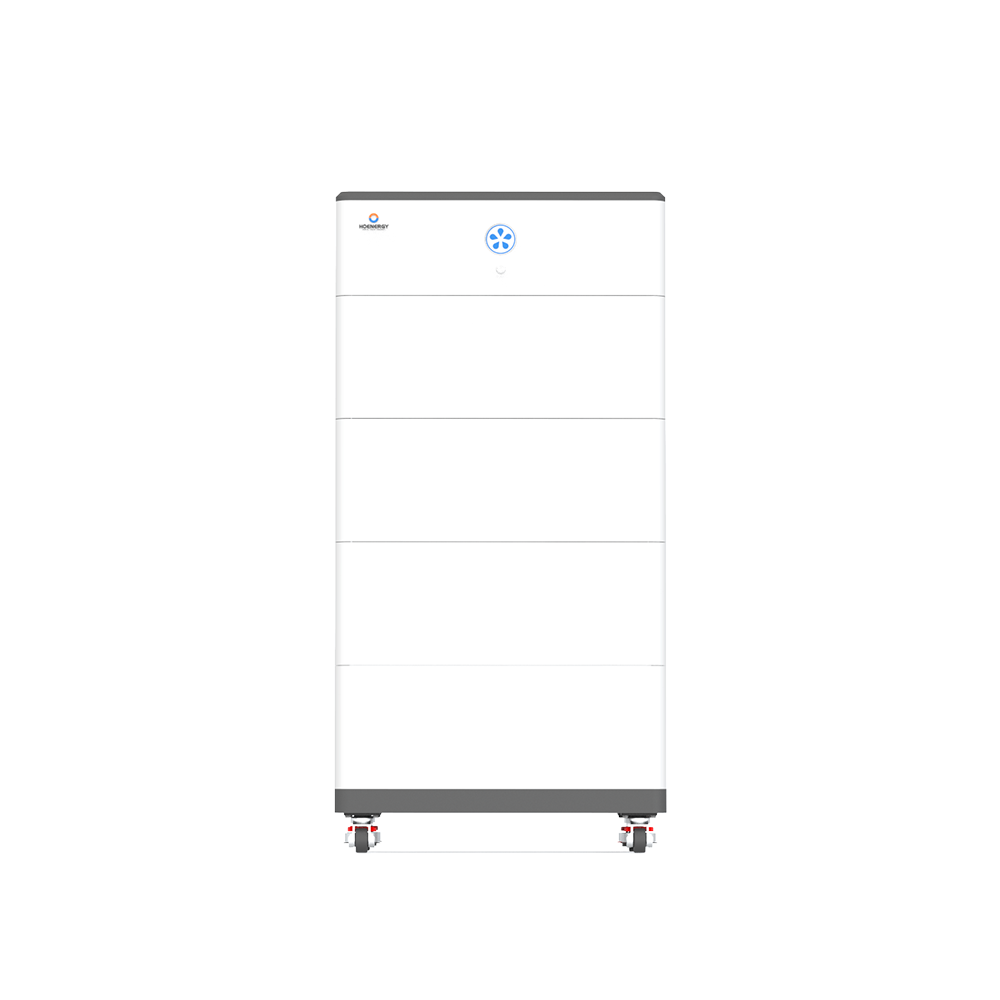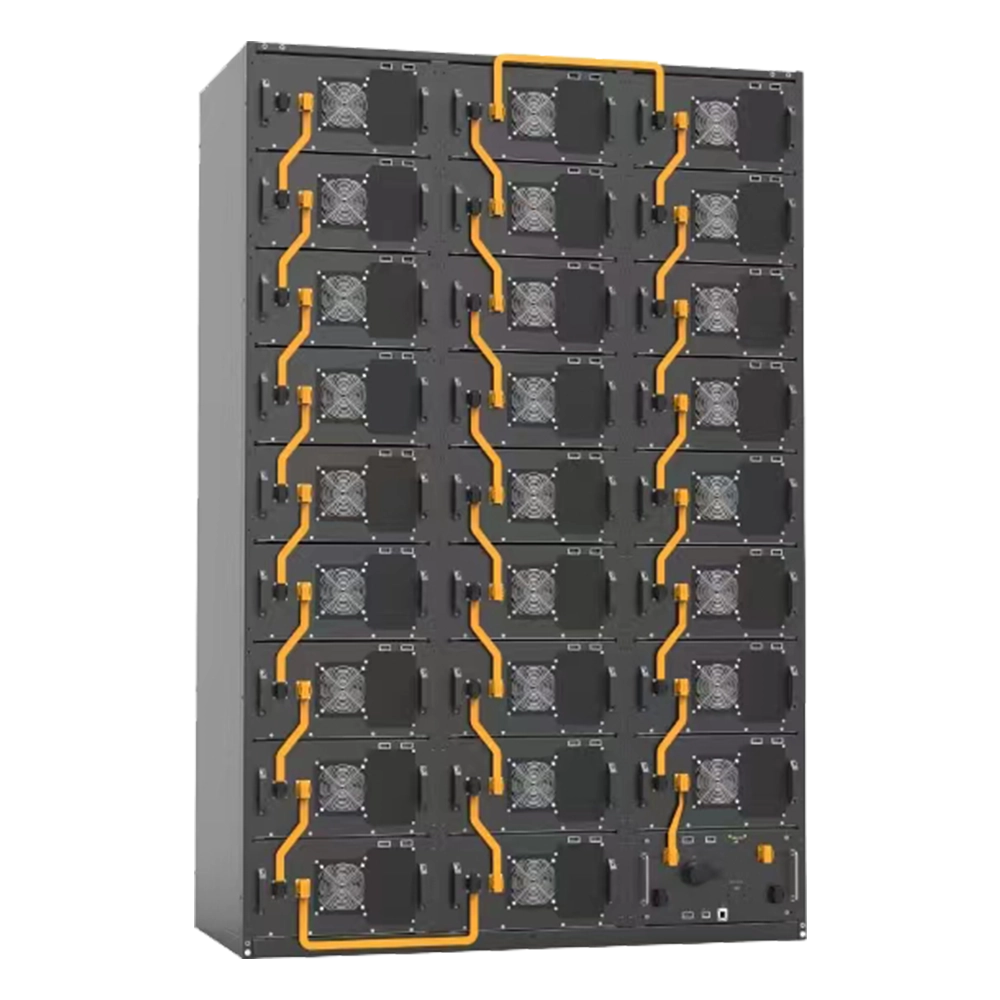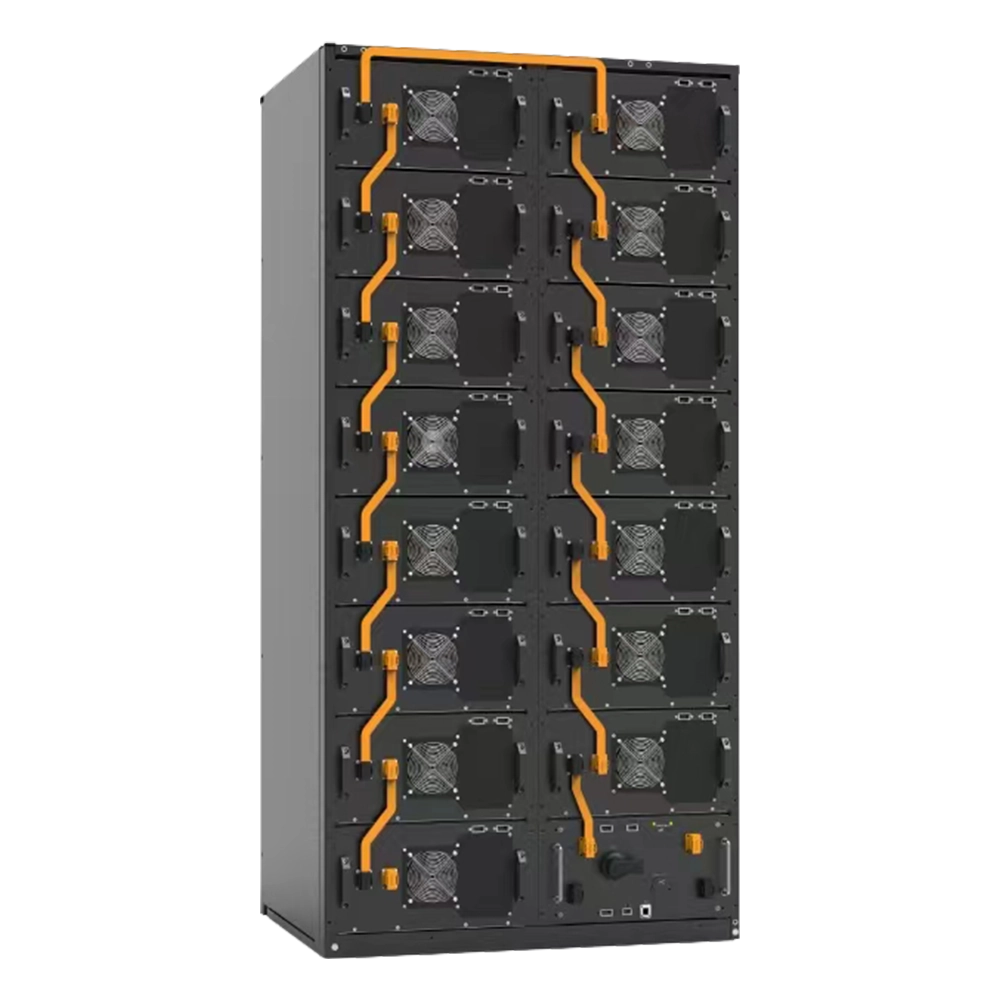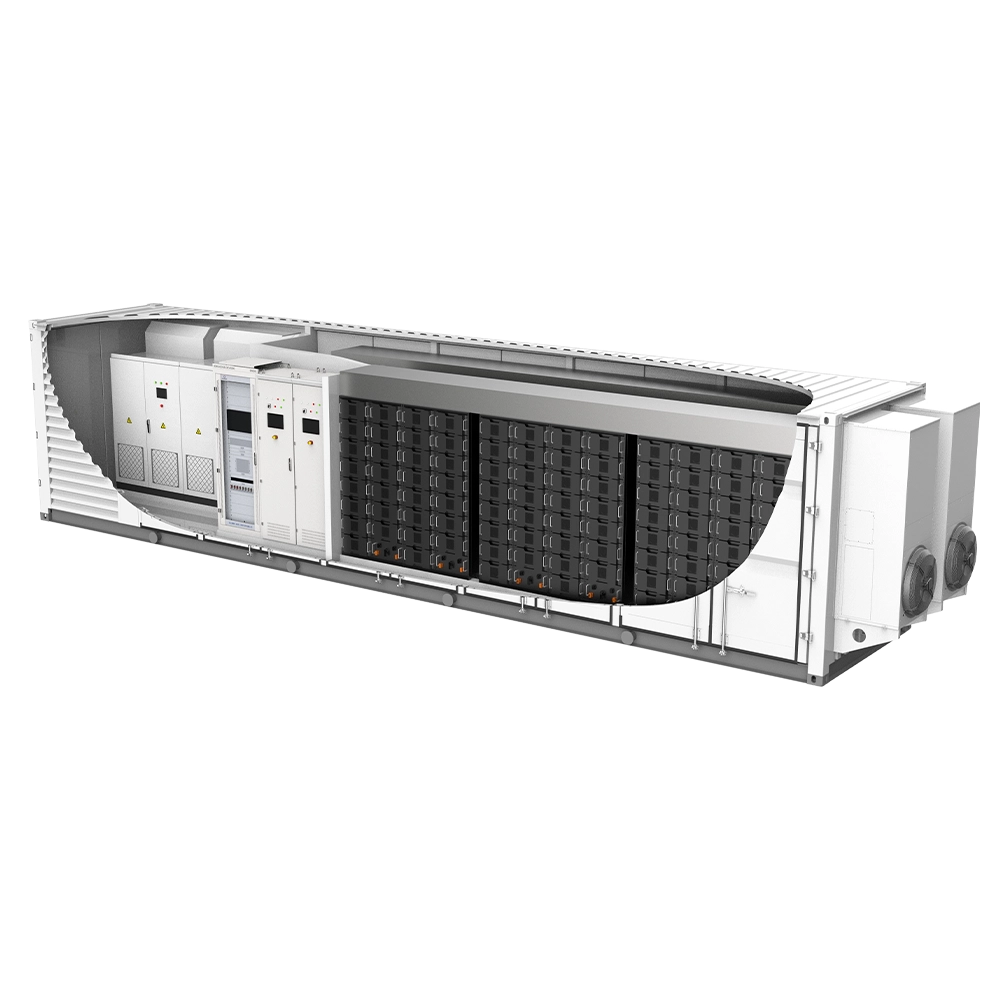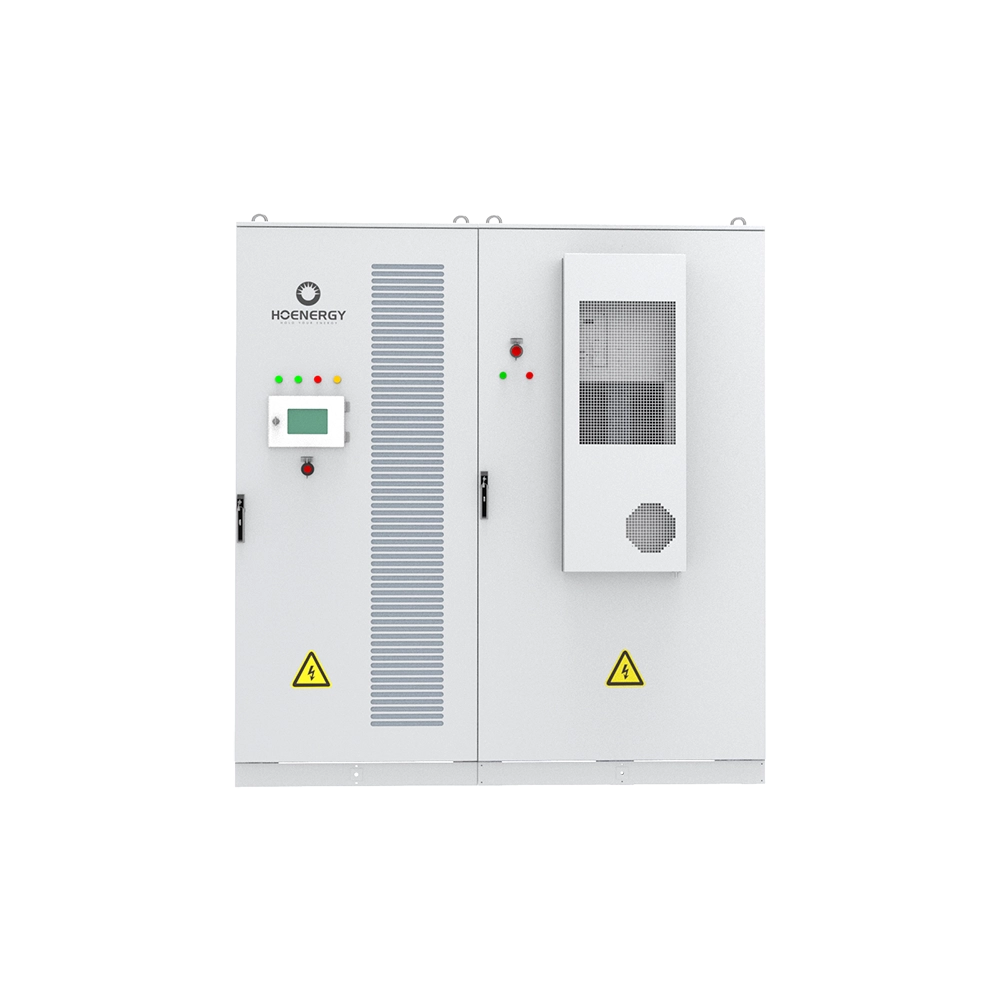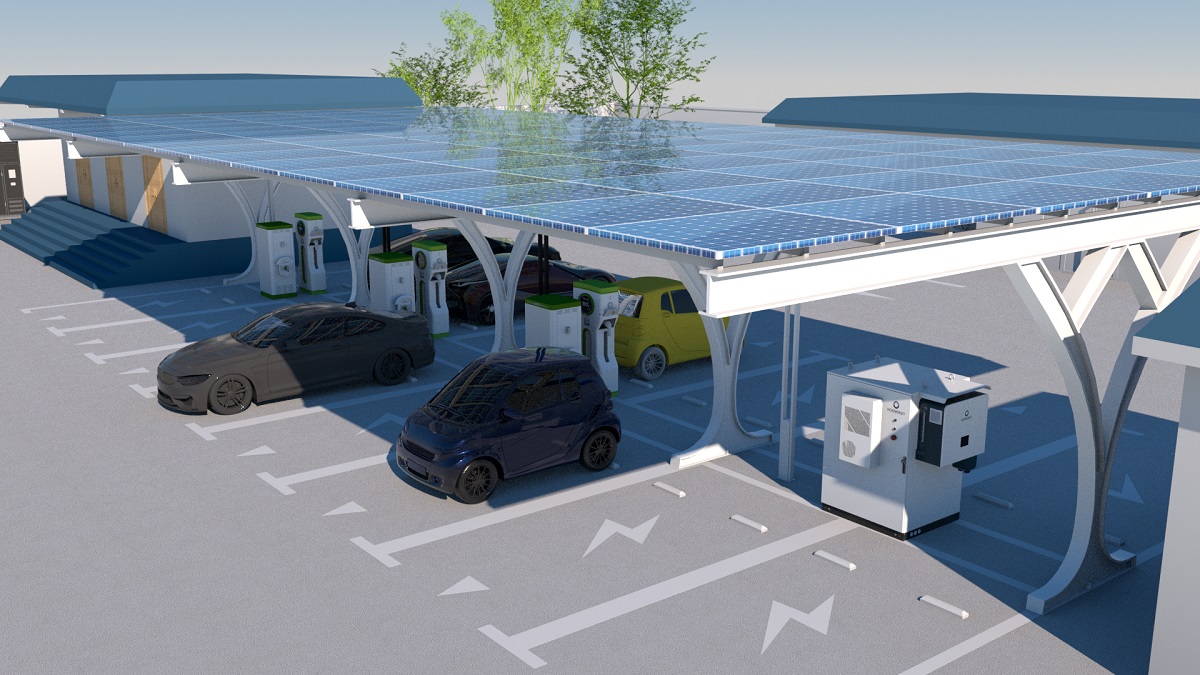1.Lithium-ion
The most common type of battery being installed in homes today, these batteries use similar technology to their smaller counterparts in smartphones and laptop computers.
A common type used in home batteries is lithium nickel-manganese-cobalt (NMC).
Another common chemistry is lithium iron phosphate (LiFePO, or LFP) which is said to be safer than NMC due to lower risk of thermal runaway
(battery damage and potential fire caused by overheating or overcharging)
but it has lower energy density.
Pros
They can give several thousands charge-discharge cycles.
They can be discharged heavily (to 80–90% of their overall capacity).
They’re suitable for a wide range of ambient temperatures.
They should last for 10+ years in normal use.
Cons
End of life may be a problem for large lithium batteries.
They need to be recycled to recover valuable metals and prevent toxic landfill, but large-scale programs are still in their infancy.
As home and automotive lithium batteries become more common, it’s expected that recycling processes will improve.
2.Lead-acid, advanced lead-acid (lead carbon)
The good old lead-acid battery technology that helps start your car is also used for larger-scale storage. It’s an effective battery type. However, without significant developments in performance or reductions in price, it’s hard to see lead-acid competing long-term with lithium-ion or other technologies.
Pros
They’re relatively cheap, with established disposal and recycling processes.
Cons
They’re bulky.
They’re sensitive to high ambient temperatures, which can shorten their lifespan.
They have a slow charge cycle.
3.Flow battery
One of the most promising alternatives to lithium-ion, this type uses a pumped electrolyte (such as zinc bromide or vanadium ions) and chemical reactions to store charge and release it again.
Pros
They can be discharged to 100% of their capacity and have no residual discharge so they won’t lose charge over time.
They don’t lose capacity over time.
They operate well in high ambient temperatures.
They’re relatively easy to recycle.
Cons
Being new technology, they’re relatively expensive compared to lithium-ion.
They don’t tolerate cold well (below 15°C).
They require frequent maintenance which takes them temporarily out of service.
